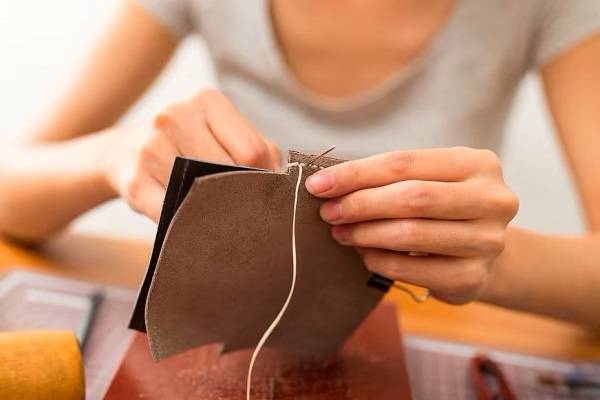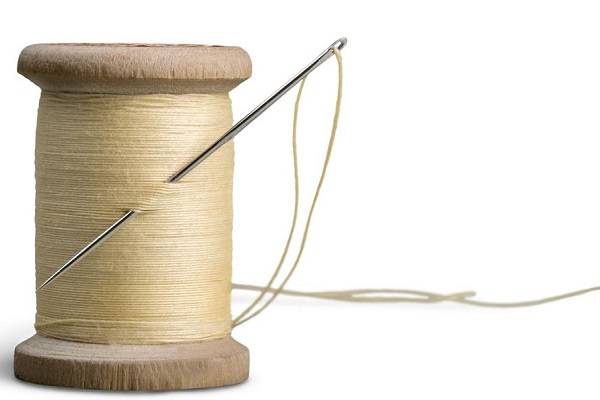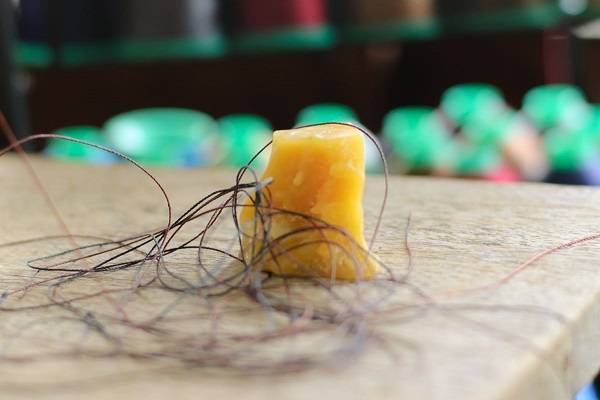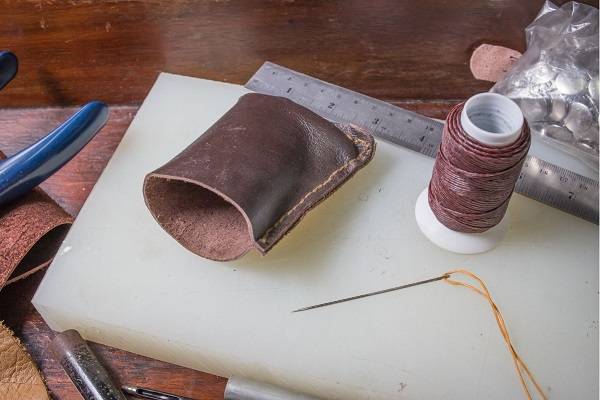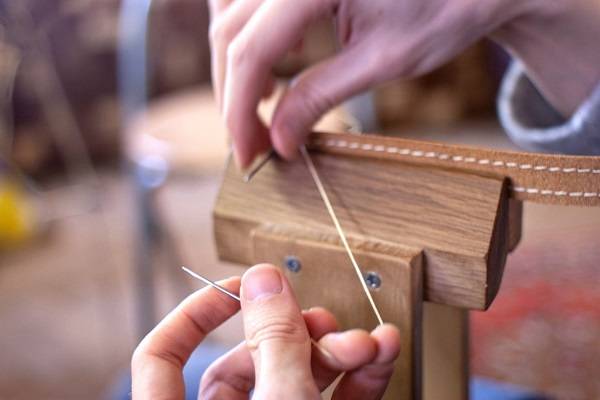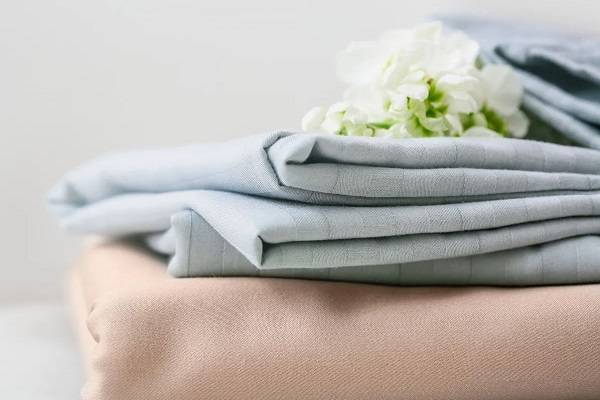BOOKBINDING FOR BEGINNERS
What Is Bookbinding? Starter Guide on How to Bind Books at Home
Master bookbinding with our detailed guide covering supplies, stitching types, essential bookbinding methods and key terms for beginners

Innovation & Quality
Developing and supplying premium-quality, sustainably grown, consumer products
100% Natural
Organically Grown and Ethically Sourced
hemp and other natural fiber products
Shipping
We offer fast shipping
Your order out within 1-3 days
Wholesale
Visit our wholesale portal to register or login to your account
Shop High-Quality Bookbinding Thread at Hemptique
What Is Bookbinding?
- hand binding - creating hand-sewn books either as a hobby or profession
conservation & restoration – materials and techniques must align with historical context of the book
commercial binding - hardcover, punch & bind, thermally activated, stitched or sewn
Bookbinding Through History

Common Bookbinding Terms
- Cover – The front and the back side of the book, typically made from thick, durable material that serves as protection for the pages inside. DIY cover options include plastic sheets, cardboard, chipboard, postcards, etc.
Spine – The spine is the outside edge where the pages are gathered and held together. It runs along the length of the book.
Signature – Also referred to ‘sections’ or ‘gatherings’, signatures are small stacks of nested, folded paper bound together. Usually, there are 4 to 7 sheets of paper per one signature, which are sewn together. The number of signatures in a book depends on how large the book is.
Book block – Pages of the book sewn or glued together that are put inside a cover.
Introduction to Binding Methods
Pamphlet stitch
Coptic stitch
Long stitch binding
Japanese stab binding
Saddle stitching
Additional techniques
How To Bind A Book By Sewing – Step By Step Instructions
- Step 1 – Fold pages in half & mark 5 equally spaced dost along the spine where you will punch holes. Mark the dots on the inside of the crease.
- Step 2 – Use an awl or needle to pierce 5 holes.
- Step 3 – Start sewing starting from the third (middle) hole and move towards the top in this order: fourth, fifth, fourth hole. Always start sewing on the inside of the crease.
- Step 4 – Now sew through the bottom holes in the following order: second, first, second hole.
- Step 5 – The notebook should have thread both on the inside and the outside of crease. Finish with thread on the inside of the middle hole. Cut the string and tie a secure knot.

Must-Have Bookbinding Supplies To Get You Started
- Paper – Paper sheets make the inside of the book. You can use any plain paper (white wove bound or typewriter paper) or repurpose sandwich bags, cereal boxes, envelopes, or any other paper you find at home. For the covers of your book, use medium weight paper, cardstock, cardboard or other thicker materials that will be strong enough to protect the content of the book.
- Awl – An awl is a small, pointed tool used to pierce small holes. Some people use a needle for this purpose, but awls are easier to grip, safer, and more accurate.
- Craft knife – A sharp hobby knife enables precise paper cutting, so your finished product will look professional and clean cut.
- Thread – High quality thread which is strong and durable is crucial for keeping your handmade book together and making it look neat and well put together. The thread you use should be strong enough to keep everything together, but also flexible enough so its easy for the beginners or kids to handle it. Most importantly, the thread you use should be soft so it does not tear the paper. There are many different types of string in the market today, including hemp, cotton, and polyester, but bookbinders and crafters around the world prefer linen cord over others. Ensure you choose the right thickness of the string so it suits your project’s needs.
- Needle – Binding needles resemble regular sewing needles, but they are sturdier, and offered in straight or curved version. When choosing the needle, consider its length and gauge.
- Cutting mat – Protects work surfaces while you’re cutting materials. Choose mats with grids for easier measuring.
- Other materials you may need – Ruler, pencil, scissors, glue, glue spreader, clips, clamps, bone folder, foam brush, fabric, leather, brushes, ink, press/weight, printer, adhesive paste, plastic coils, etc.
How To Choose The Right Bookbinding Thread
Material
- Linen - Linen is the gold standard in bookbinding. Flax fiber has some amazing properties that are perfect for this craft. It is exceptionally durable, strong, and it does not stretch, which means that the binding will not relax or loosen over time. Linen fiber has extra hold and remarkable resistance to decay which makes it a favorite choice among book makers, including those who work on authentic and archival quality books. This is due to linen’s ability to withstand frequent handling and use without deterioration. Explore available linen threads here.
- Cotton - Cotton string is thinner and not as strong as some other fiber (linen, nylon), but it can still be used to bind books, as it is easily available and affordable.
- Hemp - This is a great choice for eco-conscious businesses and individuals, because hemp is biodegradable and sustainable, with low negative ecological impact. In addition, it is one of the strongest natural plant fibers and resists stretching and breaking very well.
- Polyester - Polyester is a synthetic thread which has several beneficial attributes, such as long shelf life, color fastness, moisture resistance, and resistance to fraying. Make sure you don’t sew it too tight as it will not settle the same as natural fibers and you may have trouble closing the book properly.
- Nylon - Although nylon thread is rough and may not look as appealing as other materials, it is still used by some bookbinding artisans because it is quite durable and easily available.
Thickness
Number of strands & ply number
Wax coating



